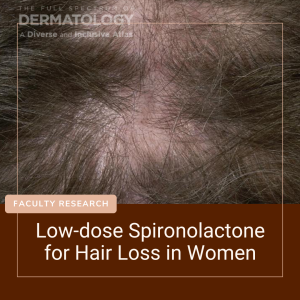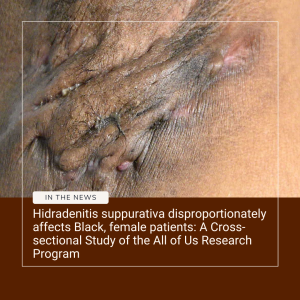
Skin of Color Update faculty are experts in skin of color dermatology. Eight faculty members were involved with this recent Journal of Drugs in Dermatology article on Thiamidol as a treatment for hyperpigmentation.
Drs. Cheri Frey, Pearl Grimes, Valerie Callender, Andrew Alexis, Hilary Baldwin, Nada Elbuluk, Susan Taylor, and Seemal Desai conducted the review of pre-clinical and clinical safety and efficacy data of Thiamidol formulations. Thiamidol or isobutylamido thiazolyl resorcinol, has been identified as the most effective human tyrosinase inhibitor out of 50,000 compounds screened. The researchers wrote that Thiamidol appears to be safe and effective and should be considered when recommending over-the-counter treatment options to patients with hyperpigmentation.
For the latest research and updates in the treatment of hyperpigmentation, attend Skin of Color Update. Register today!




